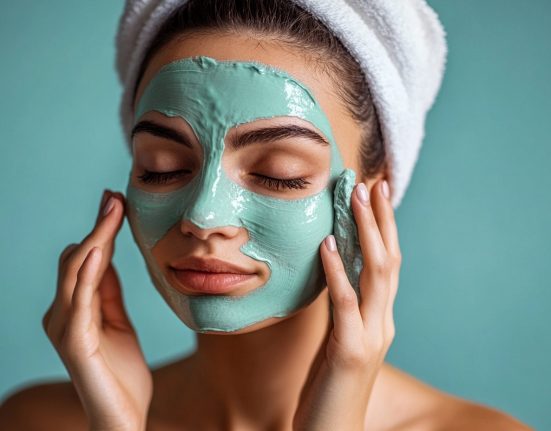A.K.A., how to make your next wax as painless as possible
Getting smooth skin for summer is great. Getting a nasty infection from a sketchy salon? Not so much. We spoke with Ladan Shahabi, M.D., a dermatologist and assistant professor at the Ronald O. Perelman department of dermatology at NYU, for the do’s and don’ts every woman should know before waxing.
DO consider an at-home wax kit. If you wax at home, there’s a much smaller chance of infection than at a salon. Why? You can control the cleanliness of your hands and the space where you’re waxing. Of course, you have to be comfortable using the products to get the best results. If you’re up for it, though, Shahabi says to wash your hands before starting—a crucial step since since waxing can cause small tears in the skin, putting you at risk for infection. It’s also a good idea to use alcohol to sanitize the tools that come with the kit before you start. Afterward, throw away anything from the kit that’s meant to be disposable; this will help prevent bacterial growth.
DON’T forget to research the salon. When deciding which places are legit, ask a friend to recommend a salon she trusts—or swing by the place to make sure it’s clean. You can also use reviews from sites like Yelp to figure out if others had a good experience there. And of course, if you’re at a salon, you can always request that the esthetician change the sheet (or whatever you’re sitting on) and wash his or her hands before you get started. Better to speak up than risk an infection.
DO avoid exfoliating or drying products before you wax. Although people have varying levels of skin sensitivity, products containing retinol or exfoliating ingredients can make skin even more sensitive than normal—and even prone to burning, says Shahabi. So about a week before you wax, stop using prescription retinoids, as well as OTC retinol products, any alpha hydroxy acids, and exfoliating products like scrubs.
DON’T schedule an appointment the week before or during your period. This is when your body is most sensitive to pain, says Shahabi. Instead, plan to wax within the first two weeks of your cycle.
DO pain-proof your wax. If you’re waxing a small area, such as the bikini area, eyebrows, or armpits, consider using an over the counter anesthetic to help numb the area a bit, says Shahabi. You can also ice the spot shortly beforehand and take a pain reliever like ibprophen or acetaminophen. Post-wax, try using an aloe-based cream (which doesn’t contain alcohol), and ice the area again to reduce the burning sensation.
DON’T hit the gym immediately post-wax. Sweating increases your risk of spreading bacteria to your newly-smooth skin, so definitely plan your workout for a different time. Also, wearing tight clothes like spandex or yoga pants is a no-no if you’ve just had a bikini wax (the friction can cause irritation and acne). In other words, you pretty much have to break out your comfiest pair of sweatpants. You’re welcome.
DO call a doctor if the waxed area still hurts 24 hours later. If you notice anything funky the next day—whether it’s pain, swelling, pus, or a strange odor—make an appointment with your doctor or dermatologist ASAP.







